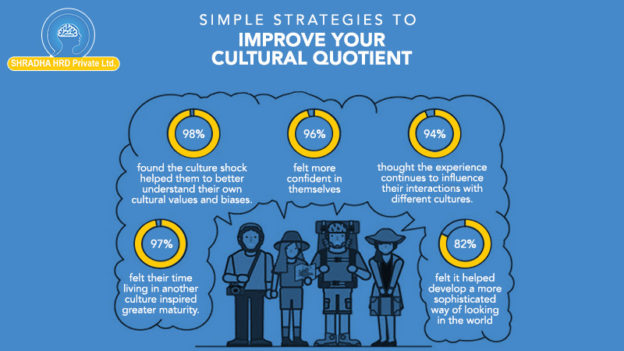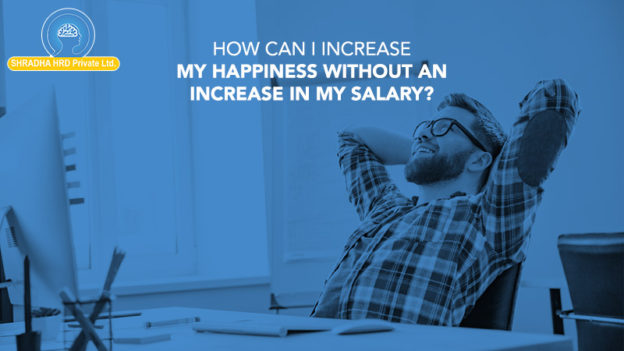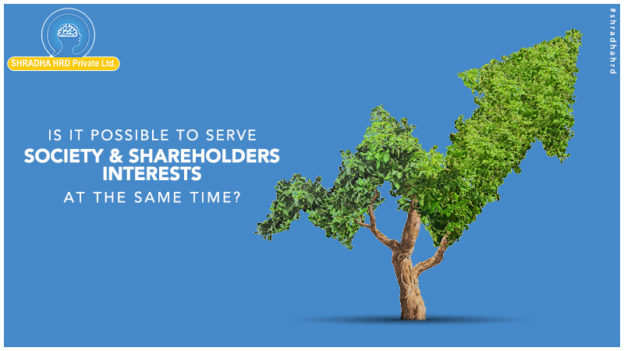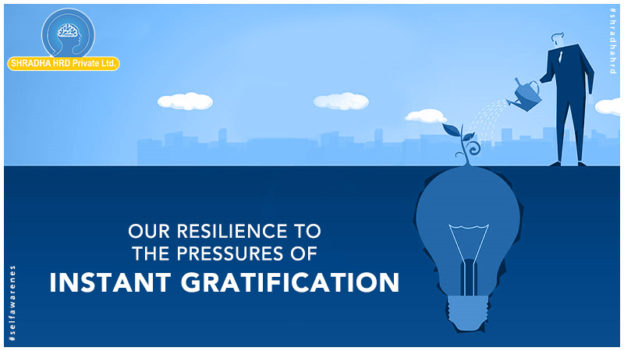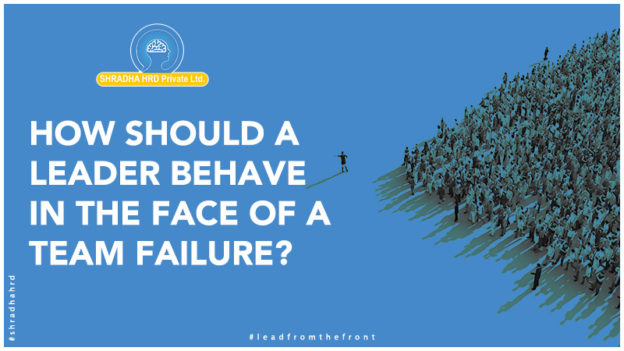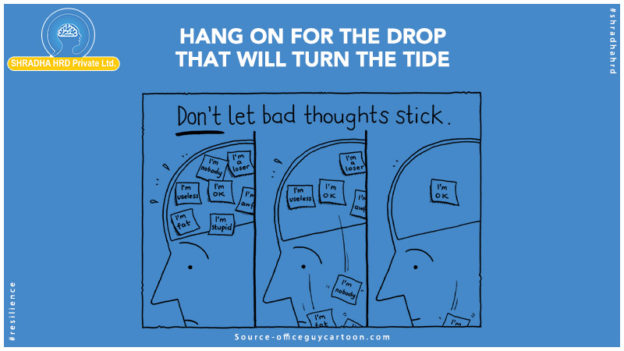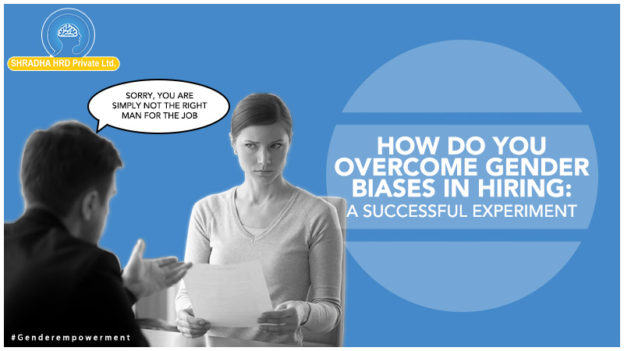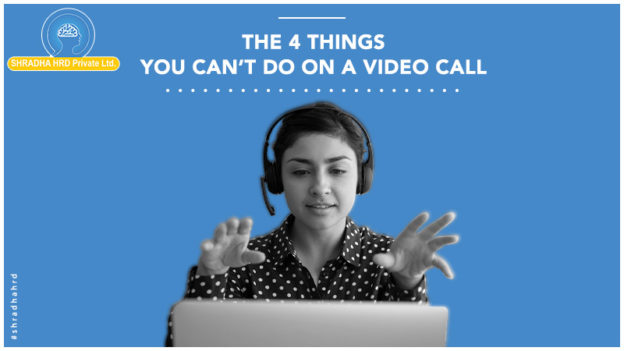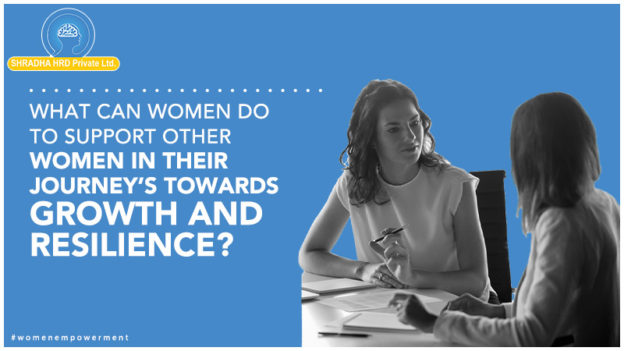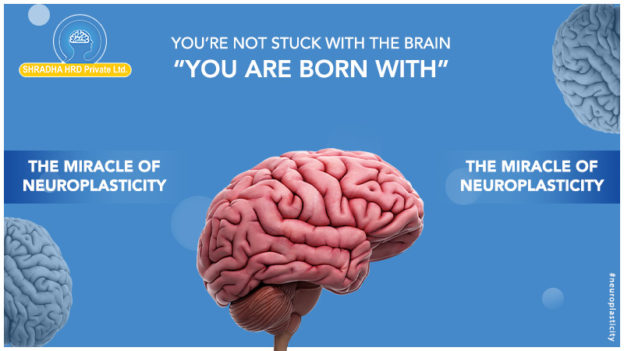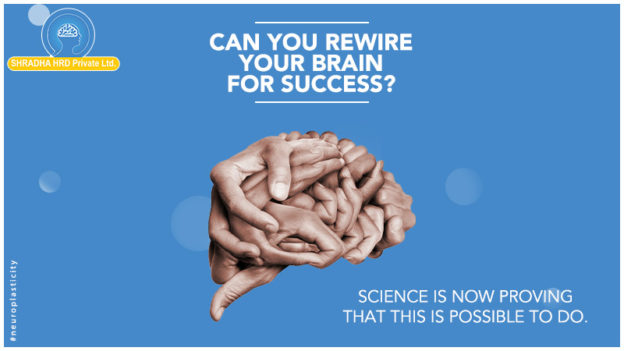Last week we conducted a #webinar for 311 participants on #Unlockingcreativity. Our client is a market leader in the Petroleum refining sector
There is an ongoing debate on #nature versus #nurture, with respect to #creativity.
Based on the results of an internationally validated creativity test:
The proportion of people who scored at the “Genius Level”
1. amongst 5 year olds: 98%
2. amongst 10 year olds: 30%
3. amongst 15 year olds: 12%
4. Same test given to 280,000 adults (average age of 31): 2%
These statistics clearly prove that Creativity is #inborn. It just needs to be allowed to nurtured and allowed to flower.
The #focus of our webinar was:
1. What are some #barrierstocreativity?
2. How can we retain our innate #creativeabilities?
3. How do you enhance a creative #mind-set in everyday life?
4. What can you do to unlock your inherent #creative potential?
Our #instructionaldesign teams had to allow their creative juices to flow, to make this concept come alive for a large audience in an #onlinetraining format
Our audience was fantastic: engaged, responsive and extremely interactive !!!!
A big Thank you !!!





